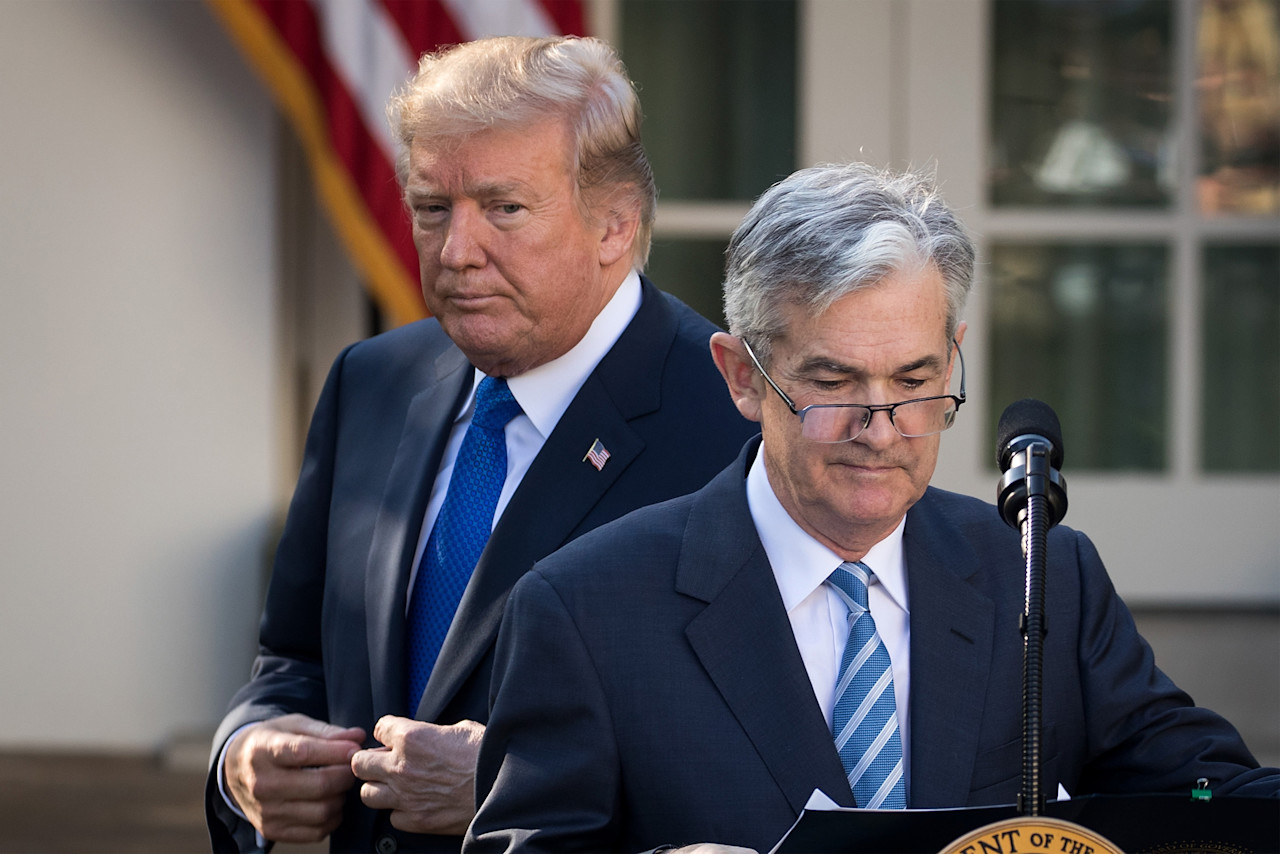

Strengthen your core with global quality
The core of any long-term equity strategy should be balanced exposure to the world’s best companies without built-in style, sector or geographic bias.
Summary
- Core equity allocations need to perform across the cycle
- Focusing on quality and being style neutral delivers a balanced portfolio
- Real diversification without sector and geographic bias
Outperformance by US companies through the ‘great moderation’ since 2009 has left investors with an overweight allocation to US growth stocks, especially in the technology sector. We believe retaining this overweight due to the built-in inertia of index allocation could be less than optimal in the long term. In contrast, building a core exposure to an actively managed selection of the best global companies, without any built-in geographic tilt or favoring any specific investment style, is more sensible in these uncertain times.
Equity investors have traditionally focused on a particular style of investing based on their risk tolerance or time horizon. Growth investing involves purchasing companies that are growing fast in terms of revenue, earnings or market share and are typically trading at a higher level than the broader market’s mean valuation.
Another popular strategy is value investing, which focuses on buying apparently healthy companies that appear undervalued by the market, trading below mean valuation levels. In recent years many investors large and small have chosen to eschew these styles and chosen passive investing, which buys exposure to a specific index like the S&P 500, hoping that a rising tide will lift all boats.
There’s currently a debate over whether the popularity of passive investing has increased market concentration, and thus risk, with the huge market capitalization of the largest components in the S&P 500 like Nvidia or Apple being driven by a feedback loop of passive buying1. This has effectively aligned growth and passive investors with overweight positions in a small number of companies, with the so-called ‘Magnificent Seven’ stocks accounting for more than one-third of S&P 500 market capitalization at the end of October 2024.
We believe in an all-weather approach to your core equity portfolio
Robeco’s three pillars of quality
We believe a different, all-weather approach to your core long-term equity portfolio is appropriate and we achieve that by focusing on quality. Quality is not an investment style, and no common definition in financial literature exists as to what constitutes quality. Different definitions of quality measure different attributes of companies and generate different results over an investment cycle. Robeco’s Sustainable Global Stars strategy keeps it simple, agreeing with Leornardo da Vinci who said “simplicity is the ultimate sophistication”.
In managing the Sustainable Global Stars strategy we define quality based on three core attributes: financial quality as measured by return on invested capital (ROIC), valuation quality as measured by free cash flow (FCF), and sustainability quality. This streamlined focus has led to strong risk-adjusted returns across various economic conditions.
Financial quality: ROIC measures how effectively a company uses its capital to generate profits. We analyze a company’s operational track record, cash flow quality, and balance sheet management. A ROIC above the cost of capital indicates value creation.
Valuation quality: We use FCF yield to maintain valuation discipline. Unlike earnings, which can be manipulated, FCF provides a clearer picture of a company’s performance. A higher FCF yield suggests a more attractive valuation. Traditional valuation multiples, such as price-to-earnings, can be affected by choice of accounting methodology, whereas FCF cannot. Hence, we tend to say “earnings are an opinion, cash is a fact”, meaning we prefer cash flow metrics as a way to assess the real performance of a company.
Sustainability quality: We assess ESG factors to understand their impact on a company’s value creation and financial results. ESG considerations can strengthen or weaken a company’s ROIC and FCF profile.
A balanced exposure to global opportunities
This approach emphasizes ROIC and FCF yield as key drivers of long-term value in our investment strategy and has proven to be successful, supported by strong risk-adjusted returns over time and across different economic backdrops. The Robeco Sustainable Global Stars strategy has an ROIC of 29.75% compared to 11.3% for its benchmark, the MSCI World index, and an FCF yield of 4.7% compared to 4.6%2, reflecting our focus on these two metrics. Our process delivers a portfolio with a very different composition to the benchmark index as reflected in Figure 1 below, offering clients real diversification.
Figure 1: Top 10 active weights in Global Stars strategy vs Top 10 companies in MSCI World

Source: Robeco, MSCI, September 30, 2024
The top 10 companies in the Sustainable Global Stars strategy represent 23% of the total portfolio (of typically between 30 and 50 companies) and features eight sectors, 60% exposure to the US and 40% to the rest of the world. The top 10 companies in the MSCI World index (of 1,410 companies) represent 22% of the total market capitalization, and is currently highly concentrated in two sectors, technology and a symbiotically related sector, semiconductors, with 100% exposure to the US.
We aren’t chasing narratives, trends, or hype

Fundamental equity: time-tested, all-weather route to alpha
Equities in developed and emerging markets expose investors to the growth of the global economy and the accelerating productivity gains from new technologies across market cycles.
The beauty of quality is that it enables us to find attractive stocks in various pockets of the global market. Not being married to either value or growth means we aren’t chasing narratives, trends or hype. Our quality approach provides us with the flexibility to look across a wide spectrum of opportunities, effectively neutralizing any overt sector or geographic exposure. This and the unbiased forward-looking perspective it has encouraged has delivered reliable risk-adjusted returns, as the historical track record of the Robeco Sustainable Global Stars strategy shows in table 1.
Table 1: Consistently generating alpha

Source: Robeco as of September 30 2024 in EUR. Performance since inception is as of the first full month. Periods shorter than one year are not annualized. The value of your investments may fluctuate. Past performance is no guarantee of future results. Returns gross of fees, based on gross asset value. The values and returns indicated here are before costs: they do not take into account the management fee and any other administration costs related to the fund, nor the fees and costs which may be charged when subscribing, redeeming and/or switching units. These have a negative effect on the returns shown. **December 2008
All-weather investing
Consistency in performance requires beating the index not just on the way up, but also if the market weakens and there is a generalized stock market sell-off or bear market. To measure this we use the capture ratio, which shows how well an investment performs relative to a benchmark index during different market conditions. There are three main types:
Up capture ratio: This ratio shows periods when the market is rising. A ratio above 100 indicates that the strategy has outperformed the benchmark during bull markets.
Down capture ratio: This ratio shows periods when the market is falling. A ratio below 100 means the investment has declined less than the benchmark during bear markets.
Hit ratio: This shows what proportion of investment decisions result in positive returns. A hit ratio over 50% means that more than half of the investment decisions result in positive returns.
As you can see from Figure 2, the Robeco Sustainable Global Stars strategy performs across the market cycle.
Figure 2: Robeco Sustainable Global Stars strategy capture ratio: Upside participation with downside resilience

Source: Robeco, to 30 September, 2024
Get the latest insights
Subscribe to our newsletter for investment updates and expert analysis.
Conclusion: Don’t follow the herd
We believe Robeco Sustainable Global Stars, a high-conviction global equity strategy, can deliver the investment potential of the world’s best companies without the same level of risk as passive equity allocations which are currently very exposed to a small number of companies and sectors. A core allocation to a balanced global strategy can capture future upside in both developed and emerging markets, and improve your risk-adjusted returns in the long term.
Global Stars Equities D EUR
- performance ytd (30-11)
- 1.41%
- Performance 3y (30-11)
- 12.53%
- morningstar (30-11)
- SFDR (30-11)
- Article 8
- Dividend Paying (30-11)
- No
Footnotes
[1] Magnificent or Marxist? Passive Investing Is Back on Trial – Bloomberg, February 2024
[2] Data via Bloomberg, Factset, Robeco as of 30 September 2024

























